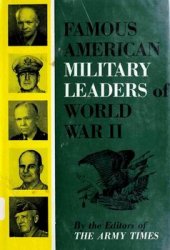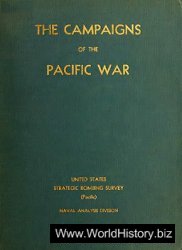The Emperors had various personal or palace guards, and these seem to have included ‘Surkh-posh’ — ‘wearers of red’, presumably uniformed, from a fairly early date. Otherwise there was no uniformity. Infantry wore their normal dress, usually a loose tunic and baggy trousers; white would probably be usual, though contemporary paintings show a wide range of colours. The paid infantry may have worn red turbans — these were supposed to be worn by all in the emperor’s employ, and vyere a common ‘uniform’ of Indian foot-soldiers in the early 16th Century, before the Moghul invasion.
The cavalry were more elaborately clad, and were very colourful, surcoats and horse-bardings being often of cloth with flower patterns, or gold-embroidered. The bands of ‘Omrahs’ or ‘Mansabdars’ were usually drawn from a particular racial or religious group — Afghans, Rajputs,
Moghuls and so on — and would perhaps be distinguished to some extent by ethnic styles of dress.
The Moghuls retained the traditional horsetail standards shown, and the army standard was a ‘Tuman-tug’ of three horse or yak tails hanging from a crossbar on a pole. Like many Hindu rulers, the Emperor had a State Umbrella and such things, at least in the early part of our period, could be carried in war as a sort of standard.
‘Mansabdars’ could be awarded distinctions from the standards normally carried before the Emperor, and it seems likely that these could serve as unit standards — a ‘leader of a thousand’ or above could receive an ‘Alam’, a triangular flag of red or green with a gold image (such as a lion, or a face with rays), and a gold fringe.
Large iron or copper kettledrums were also awarded to high officers, and, like the ten foot trumpets often carried, could probably serve for signalling purposes.

A Indian musketeer of early 17th Century. Red and white turban, green coat, brown trousers, black slippers, checked sash at waist with knot and long ends at front, with match and pouch, also dagger. This particular man has a sort of blanket roll over his shoulder (white), b A noble moghul cavalryman in gold helmet with black plume, gilt armour on chest and arms, silver aventail of mail, grey tassets with gilt knee-pieces. Green jacket with black and gold decorations and white fringes, blue breeches with gold spots, red leggings with gold trim, and black boots. Black and white waist sash through gilt decorations, red sword suspension, black scabbard, gilt trim, c Moghul heavy cavalryman on barded horse covered with gaily patterned cloth. Small red pennon on helmet. In general almost exactly similar to Persian cavalry, d Moghul

Light horseman. Similarly dressed and armed to heavy, with exception of turban and lack of armour. Very puffed-out breeches could also be worn by armoured cavalryman, e Heavy siege gun on typical mounting, f The gunner holds a type of portfire, and shelters behind a small bamboo screen which seems to have been standard equipment for Indian gunners. (As it certainly would not stop bullets — or fragments of the gun — it is hard to see its purpose.) He has a ‘katar’ or fist-dagger in his waist-sash. g Two standards, both with gilt and red tops. The left has a black and white horsetail and a red cover (or possibly flag) with gold trim round the staff; the right a white horsetail and a black staff.




 World History
World History









